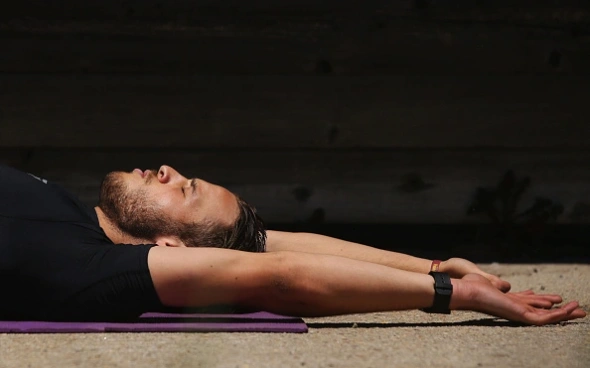The ability to slow down, stop suddenly, change direction, and accelerate instantly is paramount to success in the game. The main exercises for improvement – in the material “attractive sport”
What is athletic agility?
The ability to stop suddenly and change direction is collectively called agility. And this is one of the components of athletes’ success.
It may seem that the most important factor in athletic performance is speed. And it is very important. But during a game, an athlete rarely has the opportunity to run in a straight line for an extended period. In most game situations the athlete will be constantly starting, stopping, and moving laterally.
Developing speed is only part of the sports puzzle. Dexterity is just as important. The best athletes accelerate quickly and react quickly to changes in the competitive situation.
Reacting and reading the behavior of others
Skill, speed or agility must go hand in hand with the ability to read and react to the behavior of your opponents. Without it, athletes who perform best in tests may fail competitions because they do not fully understand how to analyze their environment and anticipate movement.
The ability to react during play can be taught. Thus, reactive agility training can be obtained by combining several areas: working on improving speed, quickly changing direction, concentration and reaction to changes in the behavior of others.
Here are four effective reactive agility drills.
Drill with side mirror
- Place two athletes opposite each other.
- Assign one athlete to lead and the other to follow.
- The leader moves by shuffling his legs to the sides (without crossing his legs) within two cones located at a distance of 5 m from each other.
- The follower tries to reflect this movement.
- After 10 seconds, stop them for a short rest of 20-30 seconds, and then switch places.
- Don’t continue this exercise for too long.
Coach team training
This is a classic and effective reactive agility drill that can be done in a large team.
- Arrange athletes facing in the same direction.
- Stand where they can see you.
- Blow the whistle and point forward, backward, right, or left.
- Athletes must run forward, backward, or sideways depending on the direction indicated.
- Change direction every 1-3 seconds for 15-20 seconds.
You can add different directions to the exercise, such as pointing up to have your athletes jump or pointing down to have your athletes lower into the starting push-up position.
15-meter boxes
Place four cones in a square 15 m apart.
Have two athletes start at the same corner, and blow the whistle twice, allowing the first athlete (the runner) to gain a slight advantage over the second athlete (the chaser).
The runner can run in any direction and change directions as needed as long as he/she remains within the bounds of the field.
The drill ends if the runner goes out of bounds or is tagged, or if the runner can beat the chaser within 10 seconds. To add a competitive aspect, you can divide your team into groups of three or four, and have one member from each group play against a member from the other groups in a round-robin format, maintaining a score throughout the process.
Mirror drill
Place six cones to form two adjacent boxes with a distance of 5 m between adjacent cones in the box (the six cones themselves should form a rectangle).
Have athletes stand in the center of each box facing each other.
As with the side mirror exercise, assign one athlete to lead and the other to follow. The leader has the option to run to any of the four cones in his box. Once reaching this cone, the leader should return to the center of the field before moving on to another cone (it may be helpful to place a dot or another cone in the center of the boxes to make this easier for your athletes).
Depending on your choice, the follower should mirror these movements or perform them in the same direction. For example, if the leader runs forward and to the right, the follower can run forward and to the right so that they both reach the top right cone of their respective boxes.
Or if the leader runs forward and to the left, the follower can run forward and to the right so that the athletes meet at one cone before returning to their centers.
There is an opinion that training should not be fun.
However, the more positive the attitude, the better the athlete’s results will be. Add some of these exercises to your team training and you will create a fun environment for the development of athletes preparing for competition.



